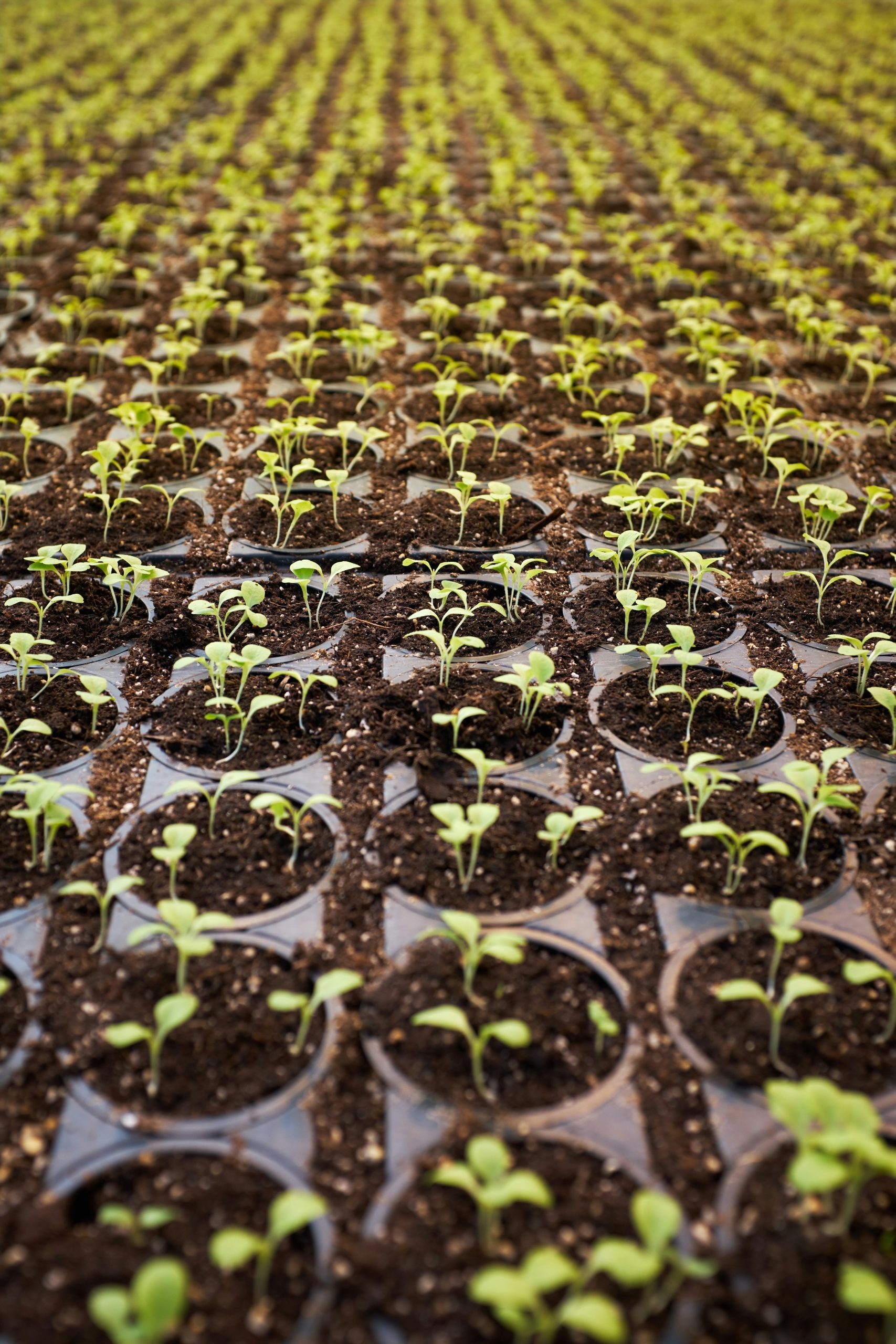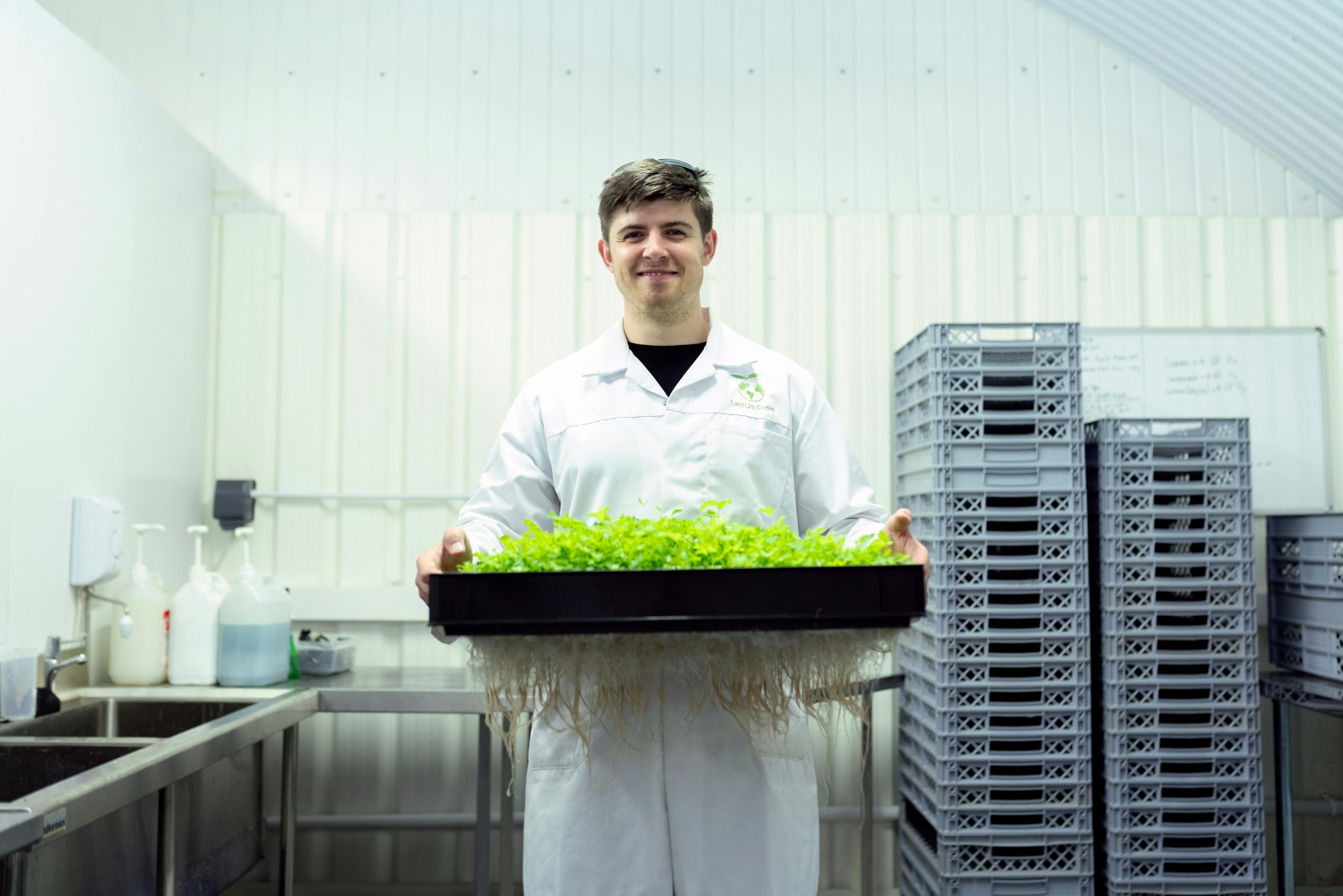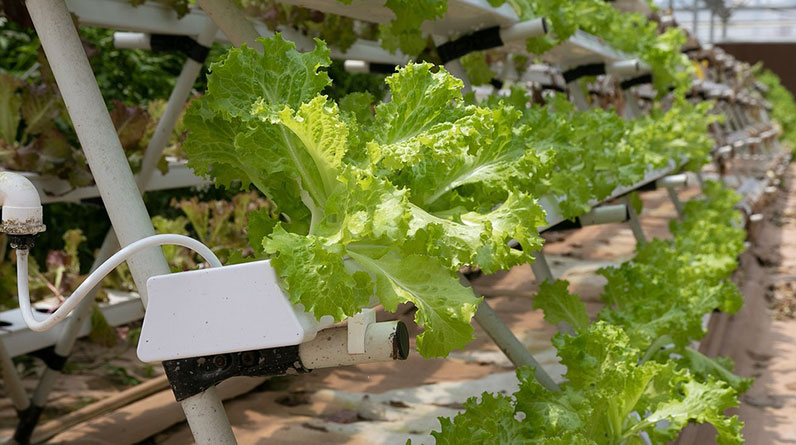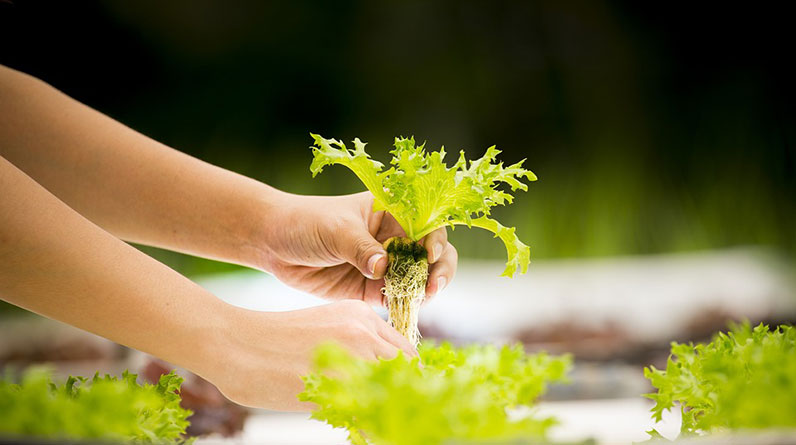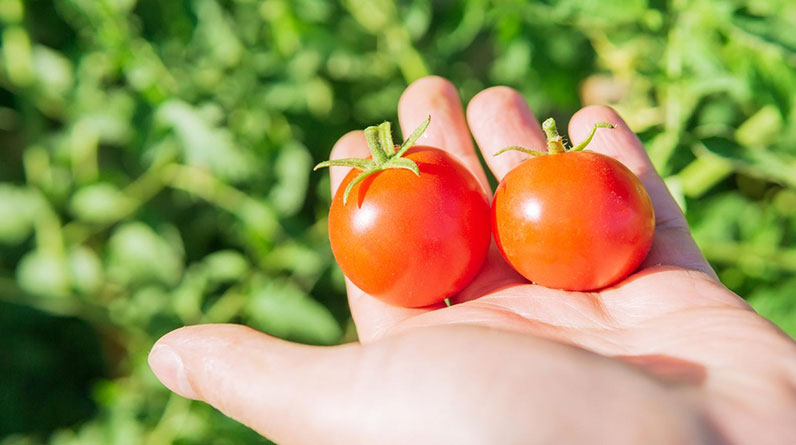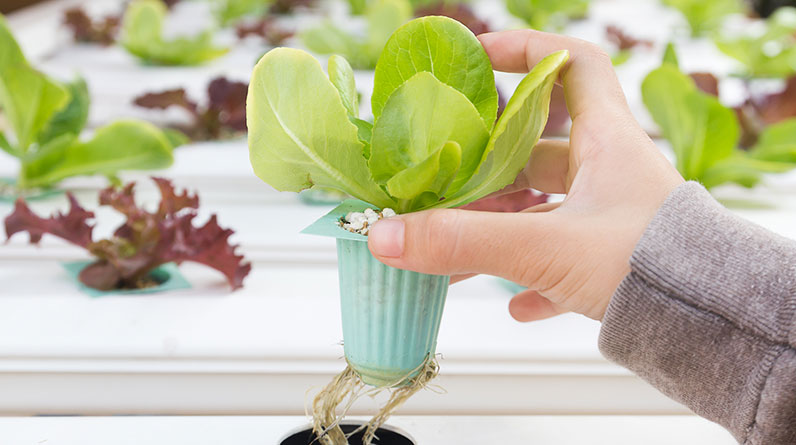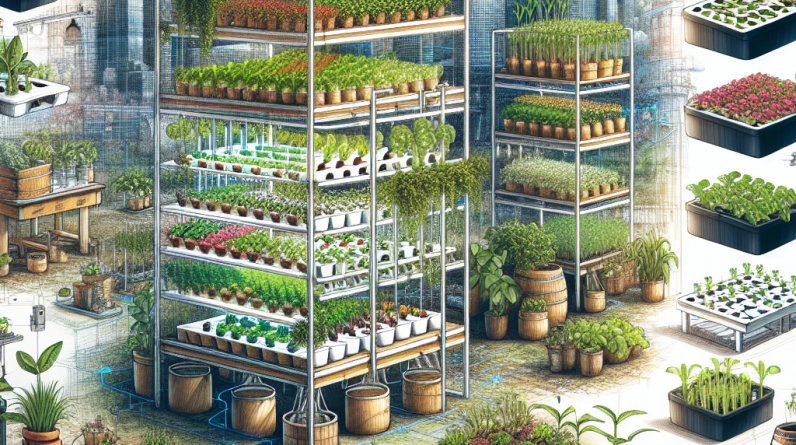
Table of Contents
- Introduction
- Understanding the Hydroponic Drip System
- Setting Up Your Hydroponic Drip System
- Maintenance and Troubleshooting
- FAQ and Final Tips
Introduction
If you’re exploring innovative ways to grow plants efficiently, a hydroponic drip system might just be the perfect solution. This method allows you to cultivate vegetables, herbs, and ornamental plants with less water and space, making it ideal for urban gardening or limited environments. As 2025 approaches, new trends make hydroponic drip systems more accessible and easier to manage than ever before.
Many gardeners and hobbyists are turning to hydroponic drip systems because of their precision and high yield potential. Whether you’re a newbie or an experienced grower, understanding how to optimize this system can lead to healthier plants and bigger harvests. Let’s dive into the essentials and latest tips for mastering your hydroponic drip system.
Understanding the Hydroponic Drip System
What Is a Hydroponic Drip System?
A hydroponic drip system is a soilless cultivation method where nutrients are delivered directly to plant roots via individual drippers or emitters. This targeted approach ensures plants receive consistent nourishment, promoting optimal growth. It’s popular among growers seeking a controlled environment with minimal resource waste.
The system typically consists of a nutrient reservoir, a network of tubing, and emitters placed at each plant base. This setup allows precise regulation of water and nutrient flow, which can be customized based on plant needs. As 2025 trends highlight, integrating automation and smart sensors enhances the effectiveness of hydroponic drip systems.
Advantages of Using a Hydroponic Drip System
One of the main benefits is water efficiency, as the drip system supplies only what the plants need, reducing waste. Additionally, it enables a higher density of plants in smaller spaces, perfect for urban farms. The precise delivery minimizes disease risks linked to soil-borne pathogens.
Another advantage is ease of scalability; you can start small and expand your setup as your skills grow. Furthermore, hydroponic drip systems offer consistent nutrient delivery, leading to faster growth rates. In 2025, integrating data-driven management tools makes monitoring and adjustments more straightforward than ever.
Setting Up Your Hydroponic Drip System
Choosing the Right Components
Selecting quality components is crucial for a successful hydroponic drip system. Start with a reliable nutrient reservoir, durable tubing, and adjustable emitters compatible with your plant types. Investing in a good timer and pump ensures consistent operation with minimal manual intervention.
Modern systems in 2025 also incorporate smart controllers that allow remote monitoring. These devices help you adjust watering schedules and nutrient delivery based on real-time data. Carefully researching products and reading reviews can save you troubleshooting time down the line.
Designing Your Hydroponic Drip Layout
Planning your layout involves mapping out the placement of plants and tubing pathways for optimal efficiency. Aim for uniform distance between emitters to ensure even watering. Elevating the reservoir and tubing can prevent blockages and facilitate maintenance.
To maximize space, consider vertical or stacked configurations, especially in constrained environments. Balancing accessibility for maintenance with efficient water flow is key. Remember, a well-thought-out design reduces the likelihood of system failures and promotes healthier plant growth.
Installation Tips for Beginners
When installing, start by assembling the main reservoir and setting up the pump and timer first. Then, connect the tubing and place emitters near the base of each plant. Check all connections for leaks before filling with nutrient solution.
It’s helpful to test the system with water first, observing flow rates and ensuring even distribution. Regularly inspect tubing and emitters for clogging or damage. In 2025, DIY kits and modular components make installation more accessible than ever.
Maintenance and Troubleshooting of a Hydroponic Drip System
Common Maintenance Tasks
Regular cleaning of the reservoir and tubing prevents algae and bacterial buildup. Rinsing your system every few weeks, especially if you’re changing crops, keeps it functioning smoothly. Replacing filters and checking emitters for clogs ensures consistent watering.
Monitoring water pH and nutrient levels is essential for healthy growth. Using digital testers allows quick adjustments and prevents deficiencies or toxicities. Implementing a routine maintenance schedule will extend the lifespan of your hydroponic drip system.
Identifying and Fixing Clogs
Clogged emitters are a common issue and can drastically reduce water flow. Flushing the system with clean water or using gentle descaling solutions can clear blockages. Preventative measures include filtering nutrient solutions before they reach the emitters.
To diagnose, observe whether certain plants are under-watered while others are fine. If clogs persist, replacing damaged emitters or entire tubing segments might be necessary. Regular cleaning and proper filtration significantly reduce clogging problems.
Dealing with Water Imbalance
Maintaining the right pH and nutrient concentration is vital. Too high or low pH levels can interfere with nutrient uptake, causing poor plant growth. Use calibrated testers and adjust nutrient concentrations accordingly.
In 2025, smart monitoring tools can automate this process, alerting you to imbalances immediately. Consistent water quality management ensures your hydroponic drip system stays productive and healthy over time.
FAQ and Final Tips
How often should I run my hydroponic drip system?
The frequency depends on the crop and environmental conditions, but generally, running your hydroponic drip system for 15-30 minutes several times a day suffices. Automated timers can help maintain consistent schedules, reducing manual oversight.
In hot weather, more frequent watering might be necessary to prevent plant stress. Conversely, cooler conditions could require less frequent watering. Observing plant health and adjusting accordingly is key to success.
Can I use a hydroponic drip system for all types of plants?
Most leafy greens, herbs, and small vegetables thrive with a hydroponic drip system. However, larger plants with extensive root systems or heavy watering needs might require specialized setups. Researching specific crop requirements will help determine suitability.
In 2025, combined systems that integrate drip with other hydroponic methods are emerging, expanding plant variety options. Experimenting with different configurations can unlock new growth possibilities for your garden.
What are the best tips for optimizing a hydroponic drip system in 2025?
Regularly update your nutrient mix and monitor environmental factors like light and humidity. Incorporating smart sensors and automation tools can enhance precision and reduce manual effort. Learning from community forums and expert advice can also improve your system’s performance.
Finally, keep detailed records of your system’s performance, noting adjustments and results. In the evolving landscape of hydroponics, staying informed on the latest trends ensures your hydroponic drip system remains efficient and productive.
Conclusion
Embracing a hydroponic drip system is a smart move for anyone looking to produce healthy, abundant plants with less water and space. As technology advances in 2025, integrating automation and smart monitoring will make managing your system even easier. With proper setup, maintenance, and a little experimentation, your hydroponic drip system can transform your gardening experience, offering fresh harvests all year round.
Find out more information about “hydroponic drip system”
Search for more resources and information:


